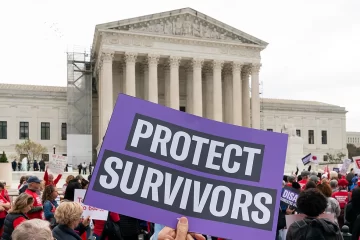Is it different from domestic violence? What about violence against women?
Understanding the differences between gender-based violence (GBV), domestic violence, and violence against women is crucial for effective intervention and support. These terms, while often used interchangeably, have distinct meanings that are important for policymakers, care providers, and survivors.
Key Differences Explained
Gender-Based Violence (GBV)
GBV refers to harmful acts directed at an individual based on their gender. According to the United Nations, this includes physical, sexual, or psychological harm, whether occurring in public or private life. GBV is an inclusive term that also covers violence against men and gender non-conforming individuals, emphasizing the impact of gender identity on the violence experienced.
Violence Against Women (VAW)
VAW specifically addresses violence targeted at women. It highlights the fact that women are disproportionately affected by gender-based violence. This term is often used to bring attention to the need for resources and support systems tailored for women.
Domestic Violence
Domestic violence encompasses violence within the home, involving intimate partners, children, siblings, or other family members. Both men and women can be victims or perpetrators of domestic violence, making it a broader category than intimate partner violence.
Intimate Partner Violence (IPV)
IPV is a specific type of domestic violence that occurs between romantic or sexual partners. It can affect both heterosexual and same-sex couples. IPV victims in same-sex relationships may face additional stigma and challenges due to societal intolerance.

Recognizing Different Types of Violence
At Carl’s Care™, we provide comprehensive support for survivors of all forms of violence, understanding that each type requires a unique approach.
Sexual Violence
Sexual violence includes any coerced sexual act or attempt, unwanted sexual comments or advances, and acts of trafficking. It can occur in various settings and affects individuals worldwide, contributing to severe physical and psychological trauma.
Physical Violence
Physical violence involves the intentional use of force that can result in injury, death, or psychological harm. It can occur in domestic settings, among intimate partners, or within communities, leading to serious and long-lasting consequences.
Psychological Violence
Psychological violence, also known as emotional abuse, includes non-physical behaviors like verbal abuse, intimidation, manipulation, and isolation. This type of violence can lead to mental health issues such as anxiety, depression, and PTSD. It often accompanies other forms of violence, exacerbating its impact on the victim.

Quick Facts About GBV
Over one-third of women globally have experienced violence from a partner or family member.
Societal norms in some countries still justify violence against women, with many women themselves believing it is acceptable in certain situations.
The financial burden of GBV, including healthcare, legal services, and lost wages, amounts to trillions of dollars annually.
Addressing the Global Impact
GBV affects individuals worldwide, often going unnoticed and unaddressed. To combat this issue, it’s essential to understand the various forms of violence and their specific impacts.
At Carl’s Care™, we are dedicated to supporting survivors through counseling, essential supplies, and community outreach. Our mission is to break the cycle of violence and build a future free from abuse. By offering tailored support, we strive to empower survivors and foster hope and resilience.
Join us in making a difference. Support Carl’s Care™ and help us uplift survivors, one step at a time.


